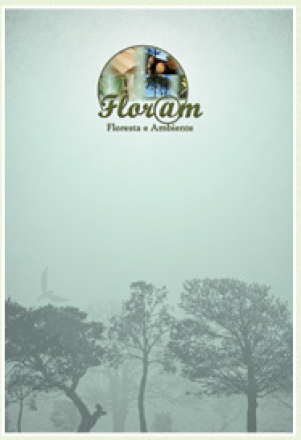The Homogenization of two Different Natural Ecosystems by Conversion to Pasture in the Southern Espinhaço, Brazil
Floresta e Ambiente
The Homogenization of two Different Natural Ecosystems by Conversion to Pasture in the Southern Espinhaço, Brazil
Autor Correspondente: Natália Viveiros Salomão | [email protected]
Palavras-chave: Arboreal; herbaceous; landscape ecology; shrubby
Resumos Cadastrados
Resumo Inglês:
Fragmentation of natural areas alters the natural landscape, removing native vegetation and creating an anthropic matrix. In order to better understand the consequences of grazing in areas of campo rupestre and forest, the present study aimed to analyze changes in the vegetation of Cerrado and Atlantic Forest, in the Southern Espinhaço, between 1979 and 2015. The vegetation of the study area was identified as arboreal (forest), or herbaceous or shrubby (campo rupestre) by visual classification of a mosaic of aerial photographs from 1979 and the supervised classification of land use from a Landsat 8 image from 2015. Differences in vegetation were analyzed using a transition matrix based on the “Markov model”, which indicated conversions of vegetation classes due to the misuse of land, mainly as pasture. The results indicate the conversion of arboreal vegetation area into areas of exotic herbaceous vegetation, and stability in the area of shrubby vegetation.

